The Right Spec: 2022 Toyota GR 86

When Toyota and Subaru shacked up nearly a decade ago to birth the 86/BRZ twins, our enthusiast community rejoiced at the bundle of joy. Here was an affordable, rear-wheel-drive coupe on skinny tires that was designed to make its driver grin – both on the way to work and at the autocross course.
The next-gen car, called the GR 86 in Toyota showrooms, builds on the nimble chassis while bumping its displacement for more (and more accessible) power. There are but two trims – base and Premium – plus the choice of a manual or automatic transmission. You know our answer to the latter, so let’s figure out which trim is more appealing to the fun-seeking gearhead.
In case you’ve been under an especially virulent rock, let’s run down some of the highlights. A 53/47 weight balance and a low-slung 51.6-inch overall height combine with a 228hp flat-four engine to give the GR 86 all the right ingredients for weekday (and weekend) fun. A torque figure of 184 lb-ft might not impress those of us rocking naturally aspirated V8 engines in our daily drivers but it’s worth noting all that twist is now on tap at 3,700 rpm which makes the mill much more usable in everyday conditions. If you’re wondering, Toyota increased engine size by upping the cylinder bore. A run to 60 mph should now take about 6.1 seconds for stick-shift models.
It is promised that all the good colors like Track bRED and Trueno Blue will be available on both trims, not just the Premium. LED lamps, front and rear, also appear on the base car thanks to the wonderful thing called economies of scale. Same goes for the chrome-tipped exhaust and GR badging, plus interior gubbins like the jumbo infotainment screen. The main exterior visual distinctions on Premium are a set of 18-inch tires and a distinctive spoiler; in other words, people will immediately know you’re rocking the base trim – if you care what others think. The powertrain is the same across both cars.
Pricing is still fluid ahead of the car’s November launch, but Toyota suits say it’ll remain under 30 grand. Also, there’s no reason to think the delta between existing base and GT trims (a $2,850 walk) won’t be reprised for the new entry-level and Premium trims, giving us a rough benchmark for making a decision. Shown in these images is the base car – yes, that’s the smaller of the two available rear spoilers.
Which brings us back to the original GR 86 question: base or Premium? While the latter does have larger tires and a natty duckbill spoiler, that entry-level trim keeps weight to a minimum (2,811 pounds) by doing without the likes of snazzier front seats and an eight-speaker sound system plus a few other safety nannies. The base car will be our choice, since it makes the most of its too-fun platform and leaves a few bucks for track tires or – if you wish – other go-fast add-ons.
Please note the prices listed here are in American bucks and currently accurate for base prices exclusive of any fees, taxes, or rebates. Your dealer may (and should) sell for less, obscene market conditions notwithstanding. Keep your foot down, bone up on available rebates, and bargain hard.
[Images: Toyota]

Matthew buys, sells, fixes, & races cars. As a human index of auto & auction knowledge, he is fond of making money and offering loud opinions.
More by Matthew Guy
Latest Car Reviews
Read moreLatest Product Reviews
Read moreRecent Comments
- MaintenanceCosts "And with ANY car, always budget for maintenance."The question is whether you have to budget a thousand bucks (or euro) a year, or a quarter of your income.
- FreedMike The NASCAR race was a dandy. That finish…
- EBFlex It’s ironic that the typical low IQ big government simps are all over this yet we’re completely silent when oil companies took massive losses during Covid. Funny how that’s fine but profits aren’t. These people have no idea how business works.
- Ajla Goldman Sachs 🥂
- Rna65689660 DVR and watch all that are aired. Has been this way for 40 years.





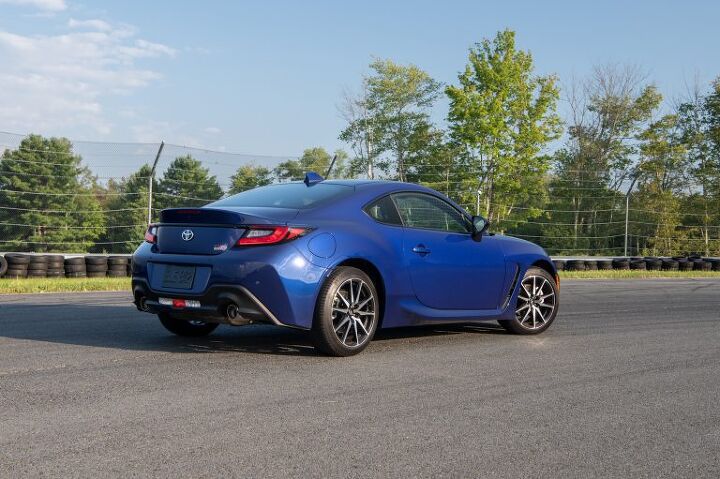












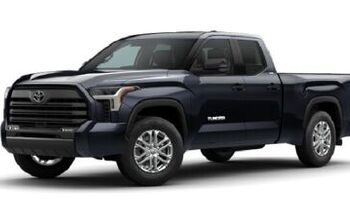
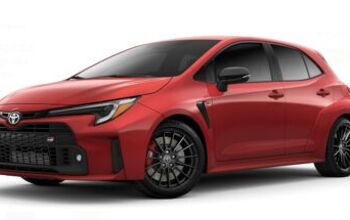
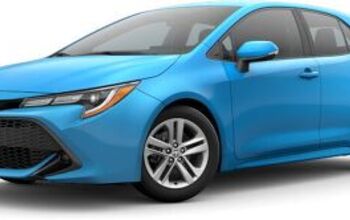
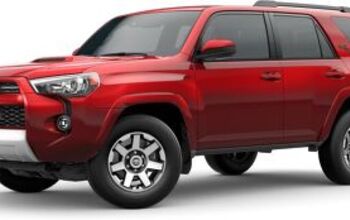














Comments
Join the conversation
What makes this car compelling vs. a Miata? I want there to be an answer and have not figured it out on my own.
According to https://electrek.co/2021/07/28/everything-we-know-about-the-chevy-bolt-ev-fires/ there have been 20 Bolt fires, which puts the ratio more like 4 gas/diesel fires to 1 Bolt fire. Either way, the difference is that every gas fire I've ever seen has resulted from an accident. Also worth noting is that as a high-mileage driver, a significant percentage of fires/burnt shells by the highway that I see are semi trucks that burned from the trailer-end, either from the load inside catching fire or brakes dragging and starting a fire, but I'd imagine these get classed in with the othes as "gas/diesel" fires. I'm not anti-electric, but there's a big difference between a car crash causing a gas fire and knowing that there's a .000001% chance or whatever it may be that the car parked underneath or 30' away from one's bedroom might spontaneously erupt in flames while they sleep. Risks within one's control usually feel less threatening than those outside of it.